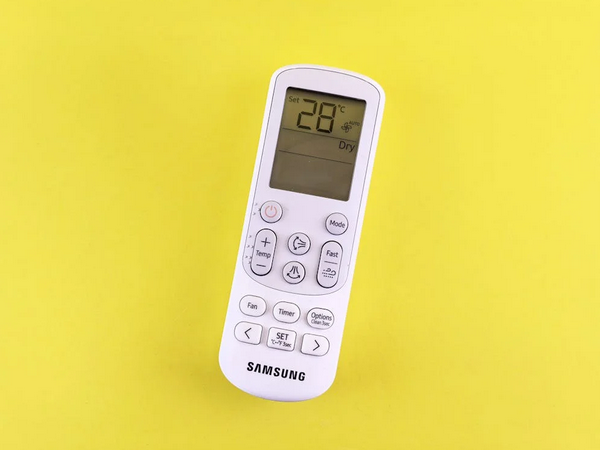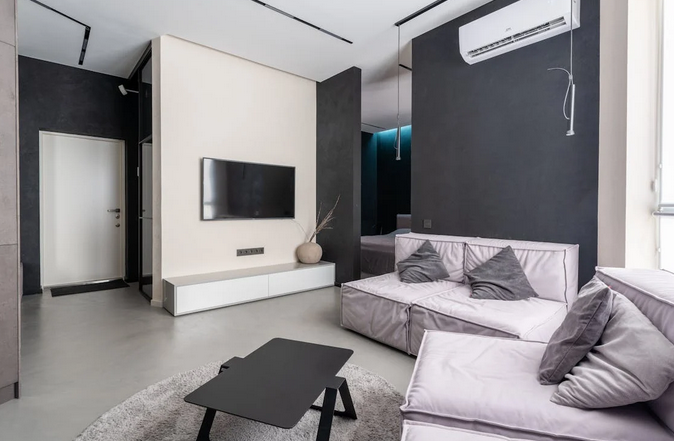As summer heats up, the demand for a reliable air conditioner becomes undeniable. But before you rush out to purchase one, have you considered how to properly size an air conditioner for your home? Choosing the right unit is crucial for comfort, energy efficiency, and long-term savings. Working with sun city air conditioning experts can help you avoid the hassle of sizing. An oversized or undersized AC can lead to issues like increased energy bills, inconsistent temperatures, and even premature wear on your equipment. Understanding how to select the perfect-sized air conditioner tailored specifically for your space will ensure a cool sanctuary when temperatures soar. Let’s dive into what you need to know.
Considering Essential Factors
When sizing an air conditioner, several key factors come into play. First, consider the square footage of your home. Larger spaces require more cooling power. Next, think about the ceiling height. High ceilings can trap heat and may necessitate a stronger unit to maintain comfort levels. Insulation also plays a vital role in determining efficiency. Well-insulated homes retain cool air better than those with poor insulation. Don’t forget about windows and sunlight exposure. Rooms with large windows or significant sun exposure will warm up faster, needing additional cooling capacity. Take into account the number of occupants in your home. More people generate extra heat, which should be factored into your calculations for optimal comfort during peak temperatures.
Calculating the Cooling Load


Calculating the cooling load is essential for determining the right air conditioner size. It ensures your space remains comfortable without wasting energy. Start by assessing your home’s square footage. Measure each room and add them together. This total will guide you in estimating how much cooling power is needed. Next, consider factors like insulation quality, window sizes, and orientation. Homes with large windows or poor insulation typically require more cooling capacity. Appliances and electronics also play a role; they emit heat when in use. The more devices you have running simultaneously, the higher your cooling load will be. Think about climate conditions in your area—hotter climates demand higher capacities for effective temperature control.
Choosing the Right Size for Your Space
Choosing the right size air conditioner is crucial for maintaining comfort in your home. An oversized unit cools too quickly, leading to humidity issues and unpleasant drafts. On the other hand, an undersized unit struggles to keep up with demand. Start by examining your room dimensions. Measure both length and width, then multiply these numbers to find the square footage. Next, consider factors like ceiling height, insulation quality, and sun exposure. Rooms with large windows or high ceilings may require additional cooling capacity. Look at BTU ratings when selecting a unit. A good rule of thumb is about 20 BTUs per square foot of living space. Don’t forget about airflow patterns within your home. Ensure that vents aren’t obstructed and think about how furniture placement might impact cooling efficiency throughout the area you want to chill.
Choosing the right air conditioner for your home is essential for comfort and energy efficiency. Understanding the factors that affect sizing, such as room size, insulation quality, and local climate can make a significant difference in performance. Once you’ve gathered all the necessary information, finding an appropriately sized air conditioner tailored to your specific needs will enhance your living space’s overall feel. Investing time in this process pays off in improved comfort and efficiency—making it well worth the effort.

